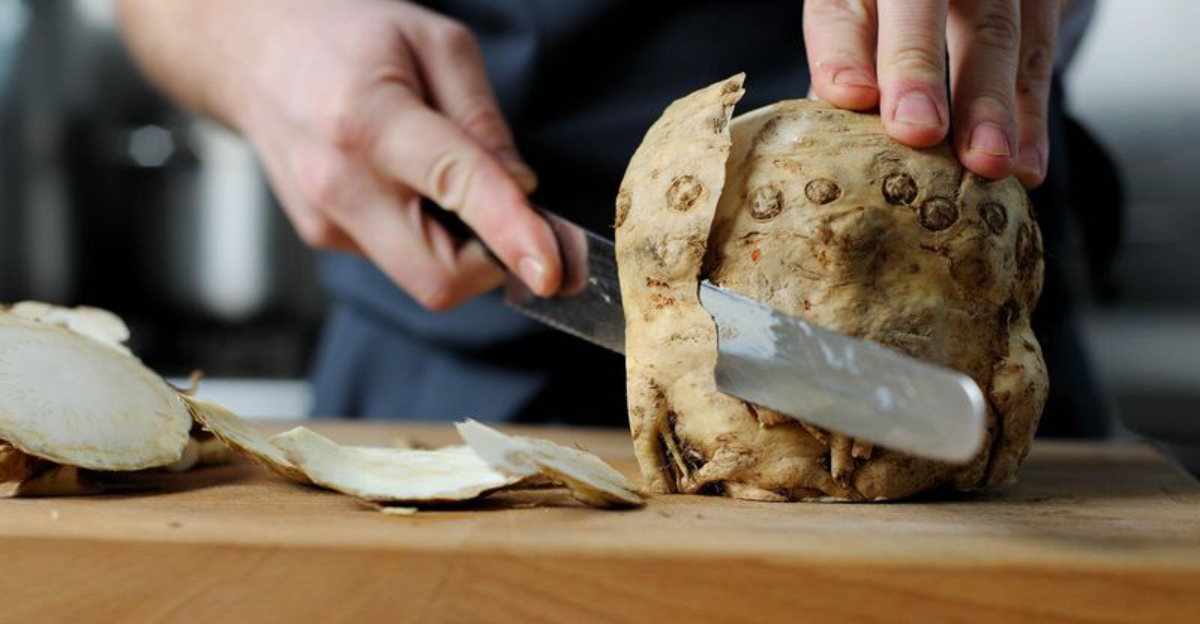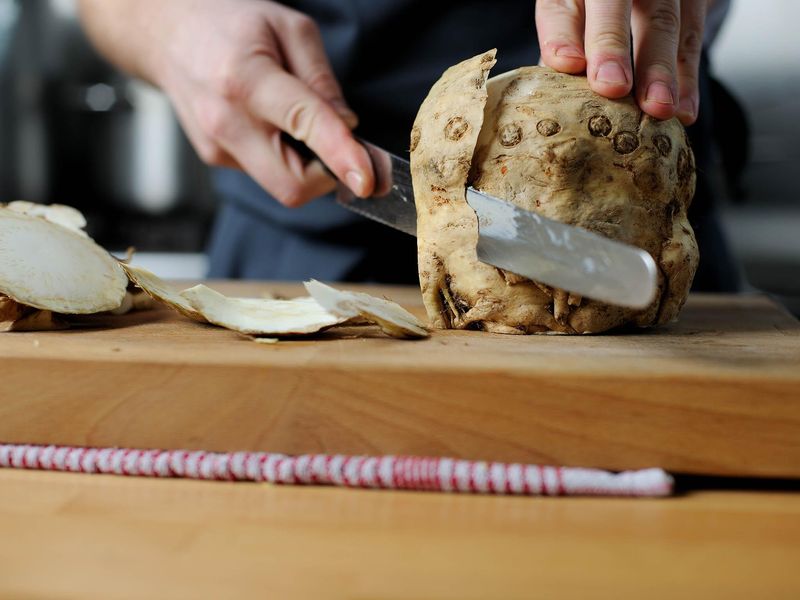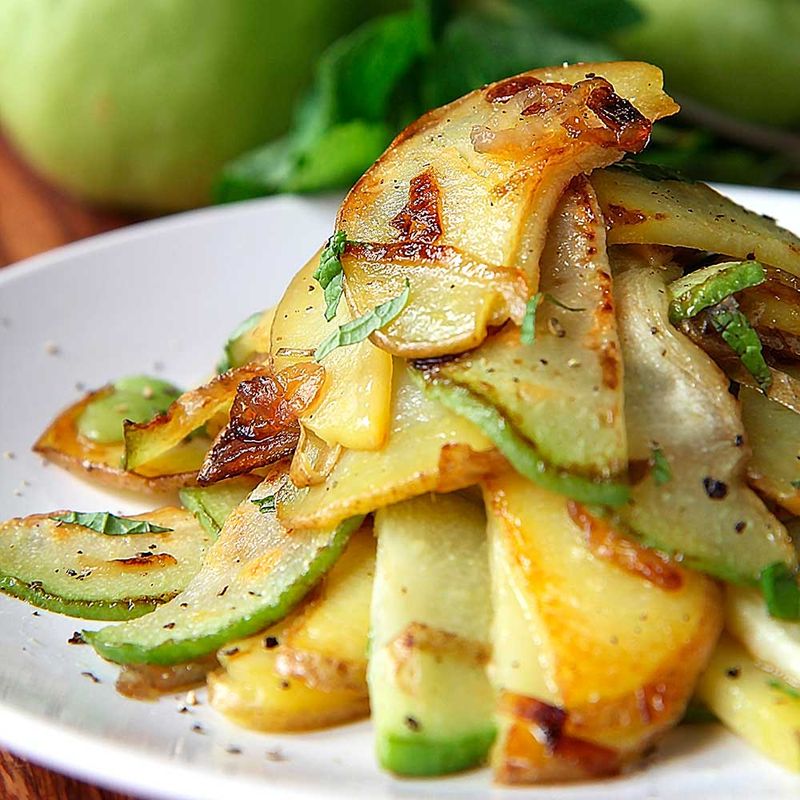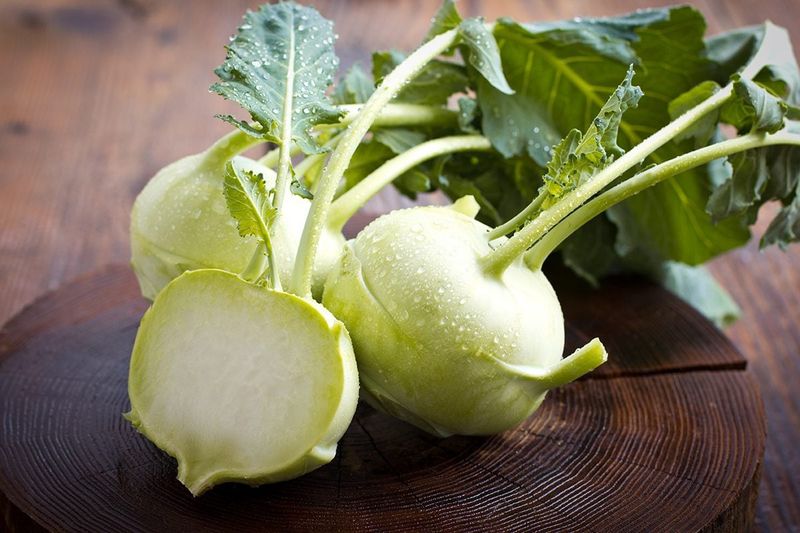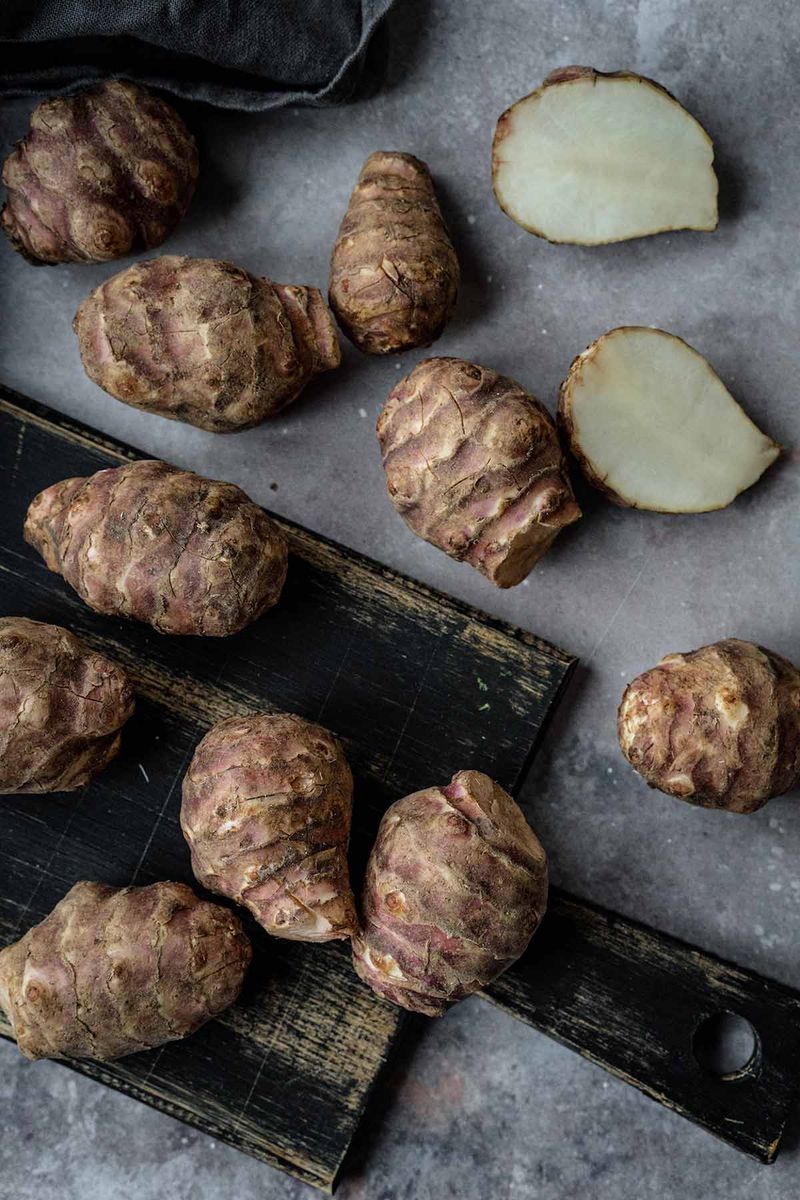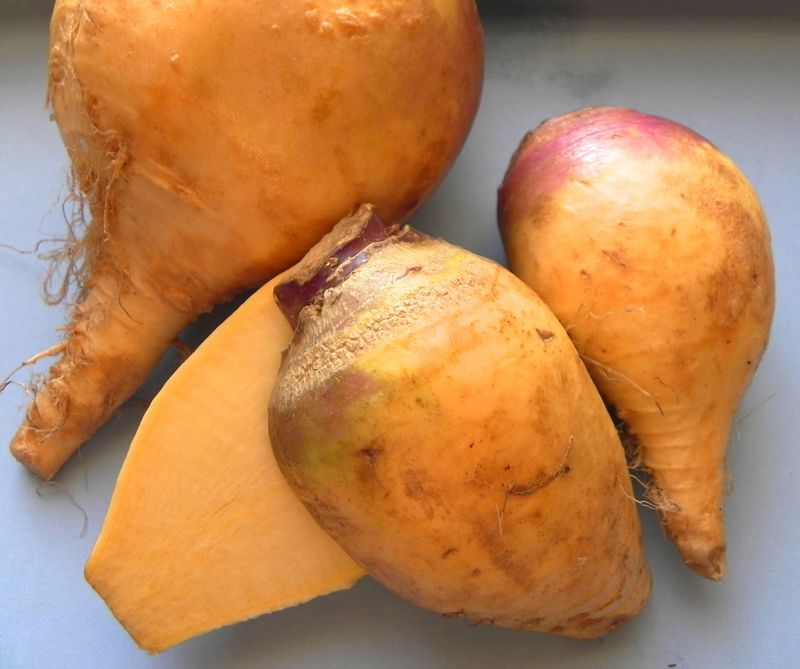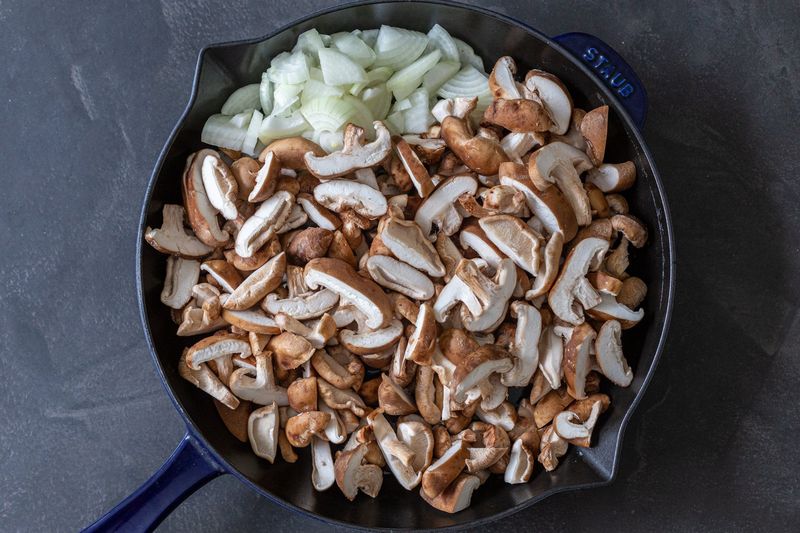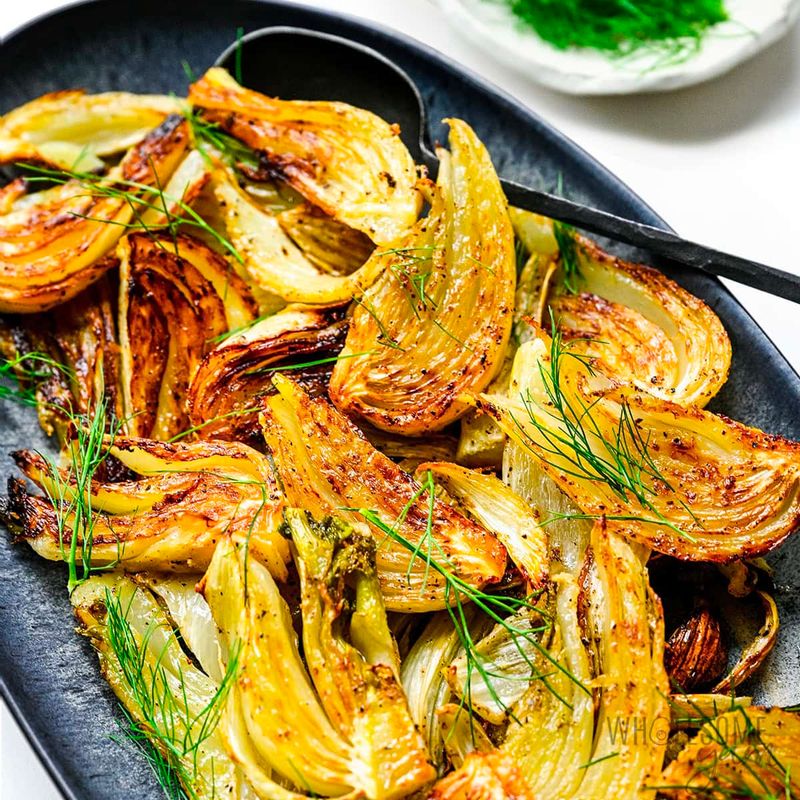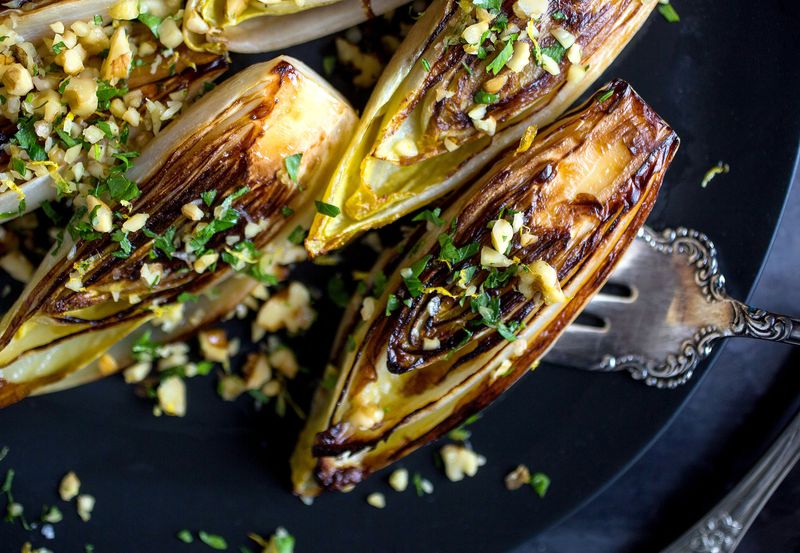Fall brings a bounty of familiar favorites like pumpkins and squash, but some incredible vegetables have been forgotten over time. These hidden gems offer unique flavors, impressive nutrition, and exciting ways to refresh your autumn cooking. Rediscovering these overlooked vegetables can transform your meals from ordinary to extraordinary while connecting you to culinary traditions that deserve a comeback.
1. Celeriac (Celery Root)
Looking like something from a fairy tale garden, celeriac might not win beauty contests, but its flavor tells a different story. This gnarly root tastes like a milder, earthier version of celery without the stringy texture that some people dislike.
Roasting brings out its natural sweetness, while mashing creates a lighter alternative to potatoes. You can also shred it raw for slaws or simmer it into creamy soups.
Packed with vitamin C, potassium, and fiber, this humble root supports your immune system during cold months. The best part is its versatility in both simple weeknight dinners and fancy holiday spreads.
2. Chayote
With its wrinkled, pale green skin, chayote resembles a pear that decided to become a squash instead. Native to Central America, this mild-flavored vegetable has been a staple for centuries but remains mysteriously absent from most American kitchens.
Its crisp texture holds up beautifully when sautéed or added to stews, absorbing surrounding flavors like a culinary sponge. Raw slices add refreshing crunch to salads without overpowering other ingredients.
Low in calories yet rich in vitamin C and fiber, chayote makes eating healthy feel effortless. Try it once, and you’ll wonder why grocery stores don’t give it more shelf space.
3. Kohlrabi
Kohlrabi looks like a vegetable spaceship landed in your produce section, complete with antenna-like stems shooting from its round bulb. Don’t let its weird appearance scare you away from one of fall’s crunchiest treats.
Bite into raw kohlrabi and you’ll taste something between an apple and broccoli stem, but sweeter and more refreshing. Roasting transforms it into tender, caramelized bites that pair perfectly with autumn herbs like thyme and rosemary.
High in vitamin C and fiber, this cruciferous vegetable supports digestion while satisfying your crunch cravings. Whether spiralized into noodles or diced into soups, kohlrabi proves that strange-looking foods often taste the best.
4. Sunchokes (Jerusalem Artichokes)
Despite their name, sunchokes have nothing to do with Jerusalem and aren’t actually artichokes. These knobby tubers taste nutty and slightly sweet, with a texture somewhere between a potato and water chestnut when cooked properly.
Roasting brings out their natural sugars, creating crispy exteriors and creamy centers that make perfect side dishes. They also shine in soups, where their subtle flavor adds depth without dominating.
Rich in iron, potassium, and fiber, sunchokes offer impressive nutrition in a small package. Fun fact: they’re native to North America and were cultivated by Indigenous peoples long before European settlers arrived, making them truly local ingredients.
5. Rutabaga
Born from a cabbage and turnip romance, rutabaga combines the best qualities of both parents into one sweet, earthy root. Its golden flesh turns beautifully tender when roasted, developing caramelized edges that taste almost buttery.
Mashed rutabaga rivals traditional mashed potatoes in comfort food appeal while adding extra vitamins and a subtle peppery note. It also holds its shape well in stews, soaking up rich broths without turning mushy.
Loaded with vitamin C, potassium, and fiber, this hardy vegetable was once a kitchen staple that somehow got left behind. Your grandmother probably cooked with it regularly, and after one bite, you’ll understand why it deserves a comeback.
6. Mushrooms
Autumn’s cool, damp weather creates perfect conditions for mushrooms to flourish, offering varieties that simply don’t appear in other seasons. Shiitake brings rich, smoky depth to any dish, while delicate oyster mushrooms offer subtle, almost seafood-like flavors.
Sautéing them in butter releases earthy aromas that instantly make your kitchen feel cozy. They’re incredible in pasta, risotto, soups, or simply served on toast as a simple but elegant meal.
Surprisingly, mushrooms provide vitamin D, potassium, and powerful antioxidants that support overall health. Many cultures have celebrated mushrooms as medicinal foods for thousands of years, recognizing benefits that modern science continues to confirm.
7. Fennel
Fennel’s delicate licorice flavor might sound intimidating, but cooking mellows it into something surprisingly sweet and sophisticated. The crisp white bulb can be shaved paper-thin for refreshing salads or roasted until golden and tender.
Roasting transforms fennel completely, bringing out natural sugars while the anise notes fade into gentle sweetness. It pairs beautifully with fish, chicken, or simply tossed with olive oil and lemon as a standalone side dish.
Rich in vitamin C, potassium, and fiber, fennel also aids digestion, which explains why many cultures serve it after heavy meals. Those feathery fronds on top make excellent garnishes, so don’t toss them in the compost bin.
8. Endive
Endive’s elegant, torpedo-shaped heads and slightly bitter taste add sophistication to fall menus that heavy root vegetables sometimes lack. Those crisp, pale leaves make perfect edible spoons for appetizers, holding dips and toppings with natural style.
While delicious raw in salads, braising endive transforms its bitterness into mellow sweetness with caramelized edges. The leaves become tender but maintain enough structure to stand up to rich sauces and proteins.
Packed with vitamins A and K, folate, and fiber, endive delivers serious nutrition in a low-calorie package. Belgian chefs have long treasured this vegetable, often pairing it with ham and cheese sauce in their classic comfort food dishes.
